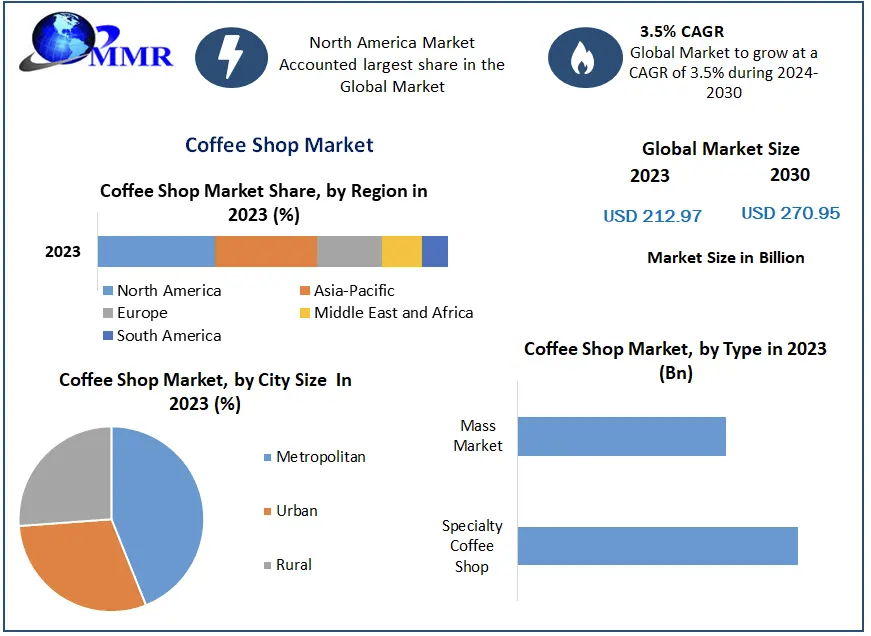Is banner advertising dead and buried? It certainly doesn’t look like it: banners are still highly prevalent across the web. Nonetheless, today’s click-through rates of these traditional banner ads are identical to zero, if you were to round at a single decimal (yes, CTR rates hover around 0,05%).
Posted in Archive, Advertising
published on Tuesday, 02 April 2024
On a recent visit to New York City to explore the Trolls x CAMP experience with two toddlers, it was clear that nearly every adult armed with a smartphone would be sharing social media content to capture and share their memorable experience.
Posted in Archive, Advertising
published on Monday, 11 March 2024
Don’t you think nature can be beautiful? So do most. Beauty in nature can be found anywhere, and is even good for your health. But this is not all. Do you want to find out how you can use nature to sustainably nudge your customers? Keep reading to discover the benefits of aesthetics in nature images.
Posted in Research, Archive
published on Tuesday, 27 February 2024
On a crisp winter afternoon, you step into your local grocery store, your mind set on tomatoes and lettuce. As you stroll through the entrance, the aroma of freshly baked cookies dances through the air, enticing your senses. A cheerful lady stands nearby, offering warm cookie samples, next to a sign boasting "The Ultimate Chocolate Chip Cookie Recipe."
Posted in Archive, Conversion
published on Monday, 12 February 2024
If you are a pet owner, chances are high you are guilty of talking to your cat or dog as if it’s human. Or even give it its own little raincoat when the weather is bad. That sort of interaction is how we create a strong emotional bond with our pet and how it becomes part of the family. Or maybe you give your car a name. A bit strange, but it helps to create a sense of personal connection and attachment to the vehicle. Ever heard of the movie Cast Away? This movie depicts a deep truth about the irrepressible social nature of humans: the main character, who is left alone on a deserted island, personifies a volleyball and names him Wilson. He does this because of his basic need for social interaction. Wilson is the symbol of hope and of his salvation.
Posted in Archive, Strategy
published on Monday, 29 January 2024





